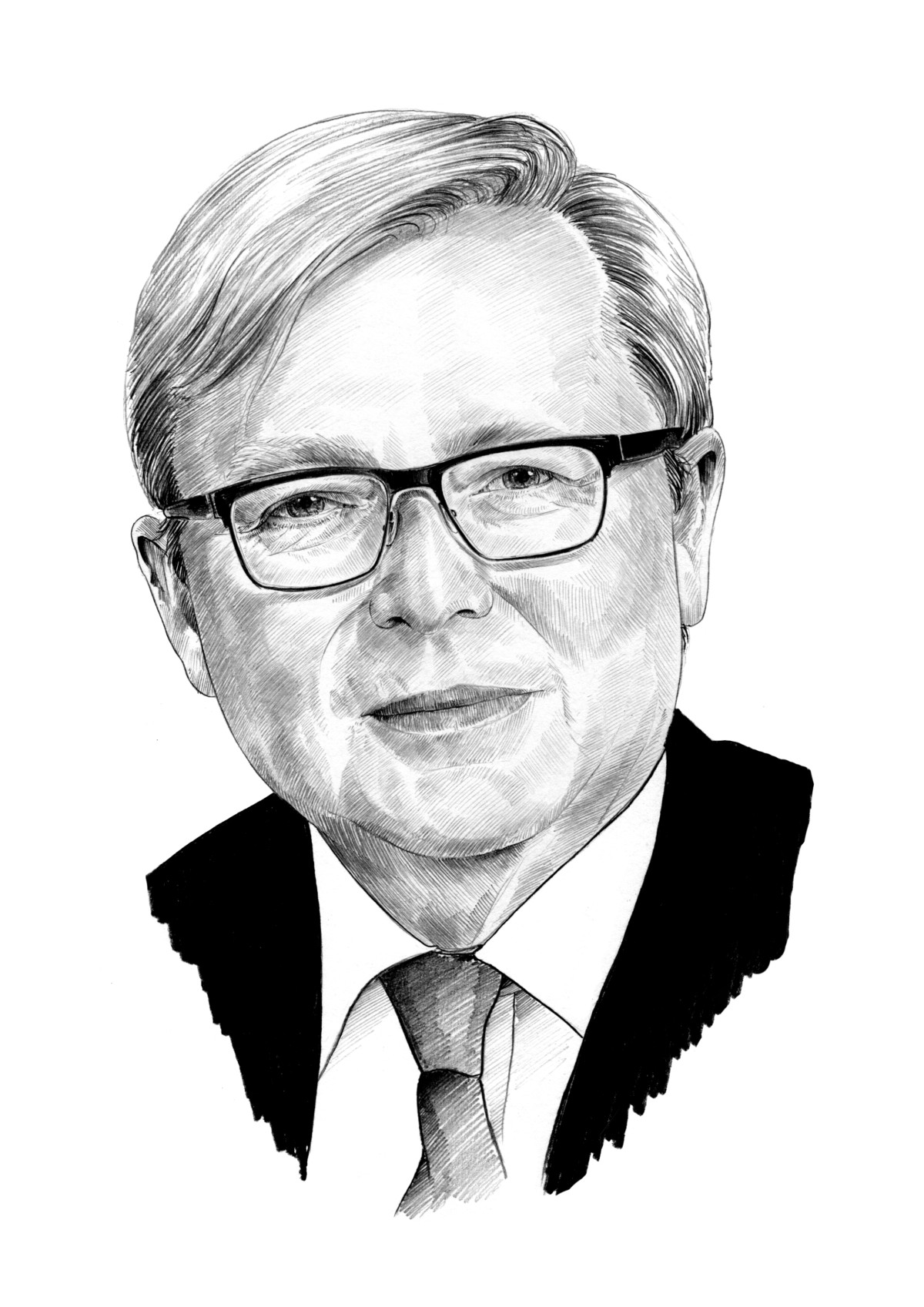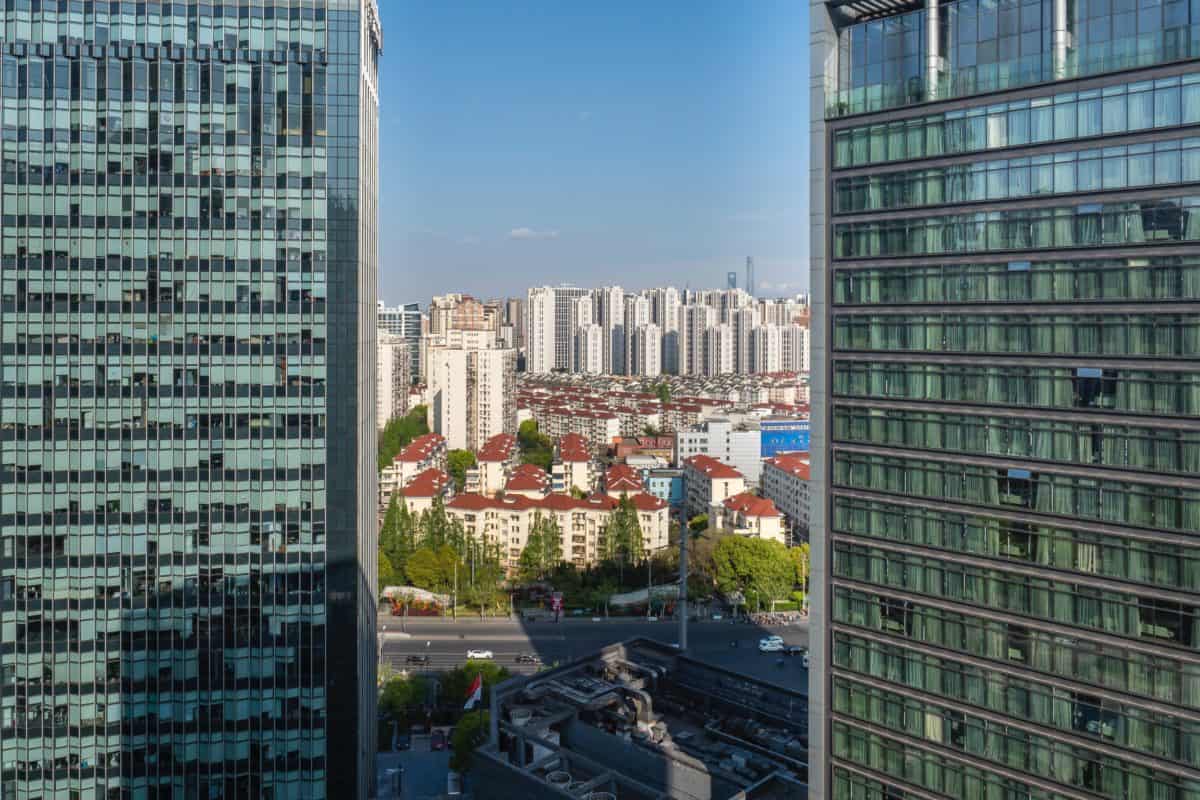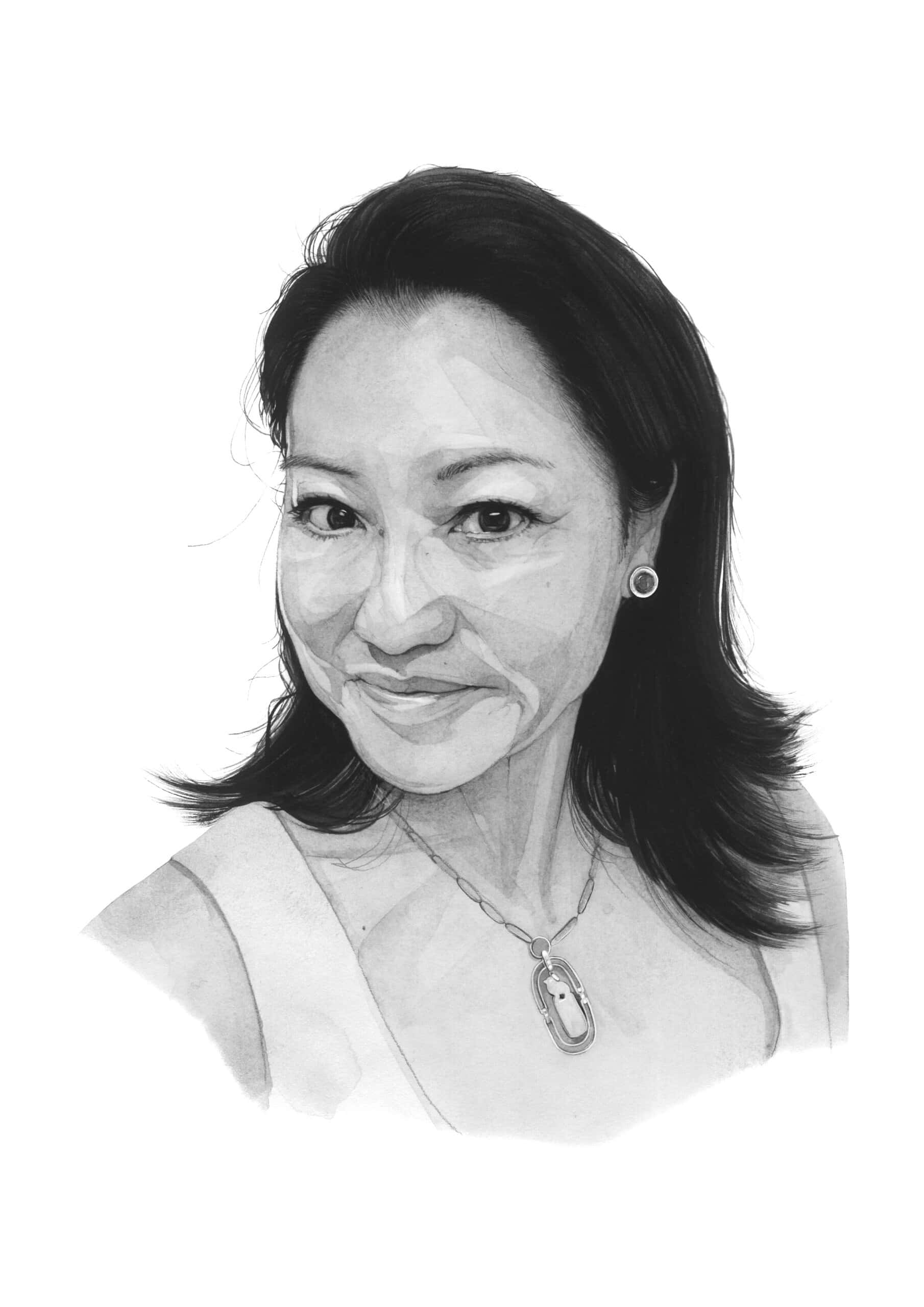Good evening. Stats showing China’s incredible growth over the past two decades — like the fact that China is home to 10 of the world’s 20 tallest skyscrapers — could come with a footnote, such as that six of those skyscrapers were designed by the NY-based architecture firm Kohn Pedersen Fox. Our cover story this week explores how KPF came to build the new China. Elsewhere, we have infographics that put critical minerals in context; an interview with Kevin Rudd on what he terms ‘the decade of living dangerously’; a reported piece on the potential sanctions against Hikvision; and an op-ed from Nicholas Borst on understanding China’s household balance sheet. If you’re not already a paid subscriber to The Wire, please sign up here.
Want this emailed directly to your inbox? Sign up to receive our free newsletter.

Building New China
Among the handful of truly global architecture firms, the New York-based Kohn Pedersen Fox has distinguished itself in China, designing some of the country’s most iconic buildings. Now, with 40 percent of its portfolio based in China, the firm is having to adapt to new rules and regulations about skyscraper heights, “weird” architecture and what it means to build in China today.

The Big Picture: Critical Minerals, in Context
By now, the global competition for so-called ‘critical minerals’ — such as cobalt, lithium and nickel — is a familiar story. But to put it all in context, it’s worth taking a step back to ask what these minerals are used for, and how much of them we need. This week, our infographics by Eliot Chen break down which, and how much, of these minerals are needed in different green technologies, and how that relates to the global supply.
A Q&A with Kevin Rudd

Kevin Rudd was the Prime Minister of Australia from 2007–2010 and in 2013. A veteran China watcher, his book, The Avoidable War: The Dangers of Catastrophic Conflict Between the U.S. and Xi Jinping’s China, was published in March 2022. In this week’s Q&A with David Barboza, he talks about the extraordinary personal chemistry between Xi Jinping and Vladimir Putin, the reality checks slowly working their way through the Chinese system, and the realist framework that just might work for both the U.S. and China.
Kevin Rudd
Illustration by Lauren Crow

The Hikvision Tipping Point?
The U.S. is reportedly considering a move that would make the security camera company one of the country’s top Chinese corporate targets, surpassing even Huawei. As Katrina Northrop reports, it would be a drastic step and could have potentially unforeseeable impacts on the broader trend of U.S.-China technological decoupling.

Understanding China’s Household Balance Sheet
While China’s real estate crisis is a profound economic challenge that will weigh heavily on future growth, Nicholas Borst, Director of China Research at Seafarer Capital Partners, argues in this week’s op-ed that talk about China’s ‘Lehman moment’ overlooks the fact that the country’s household balance sheet looks very different from America’s.
Subscribe today for unlimited access, starting at only $19 a month.



